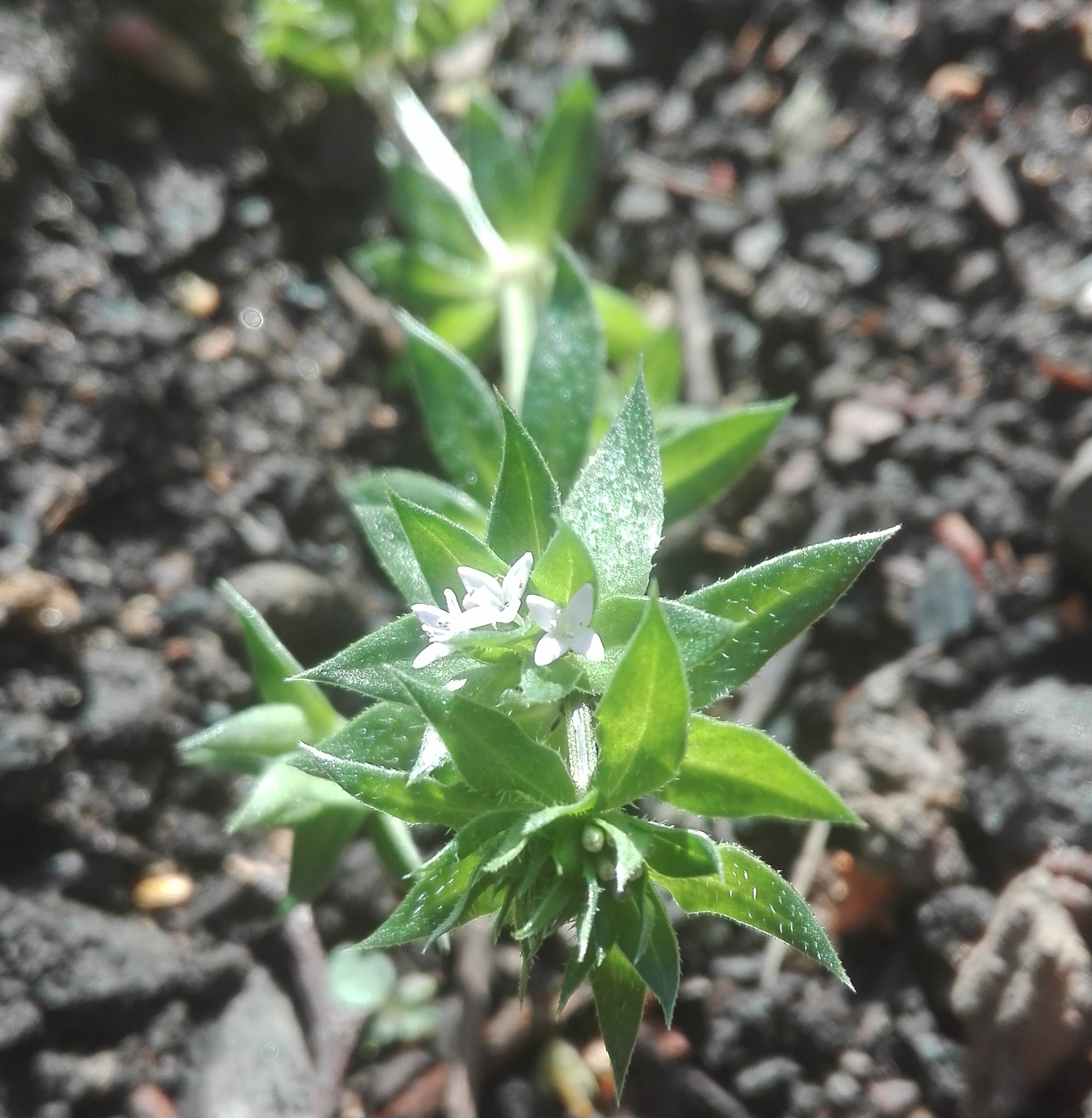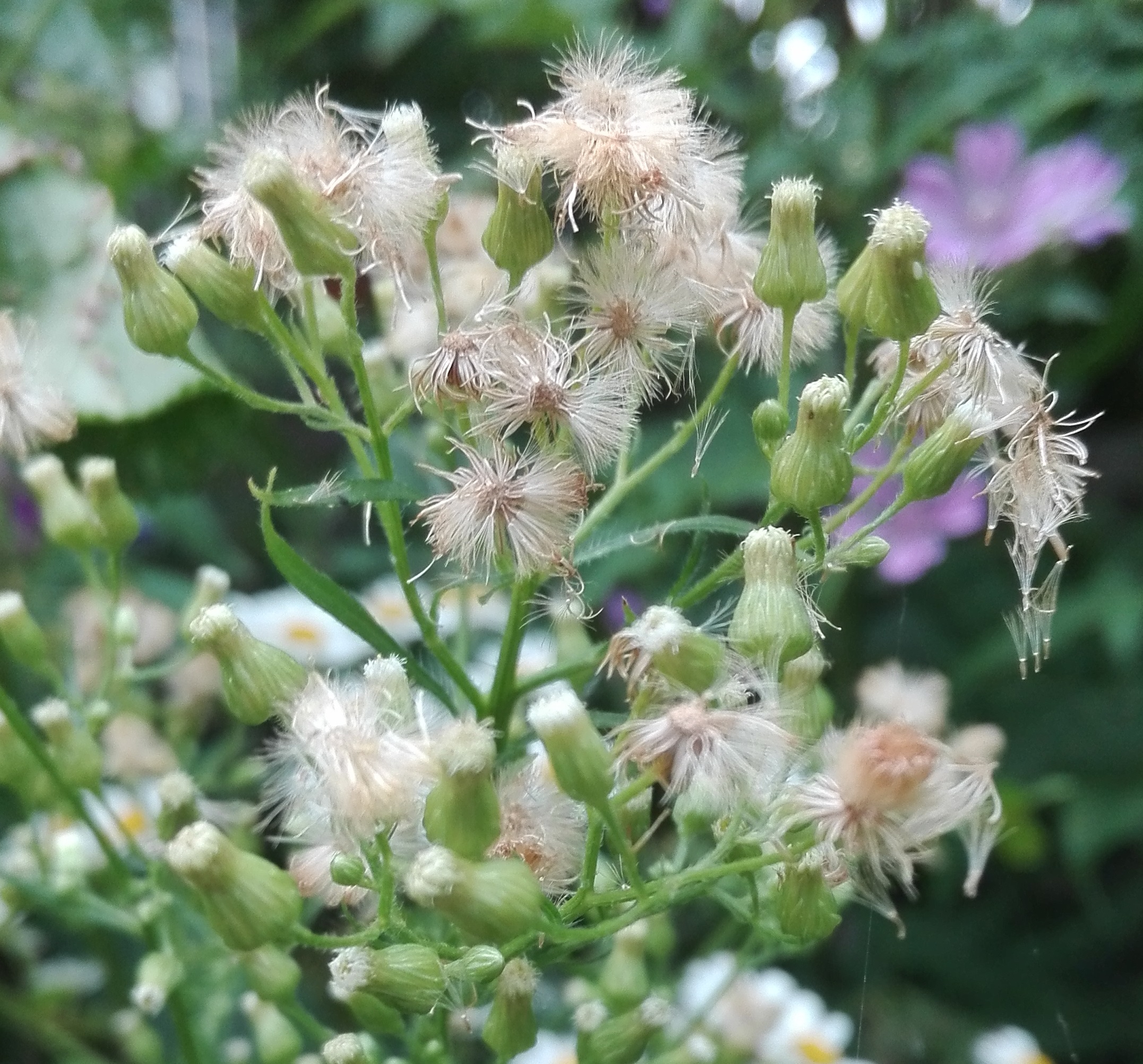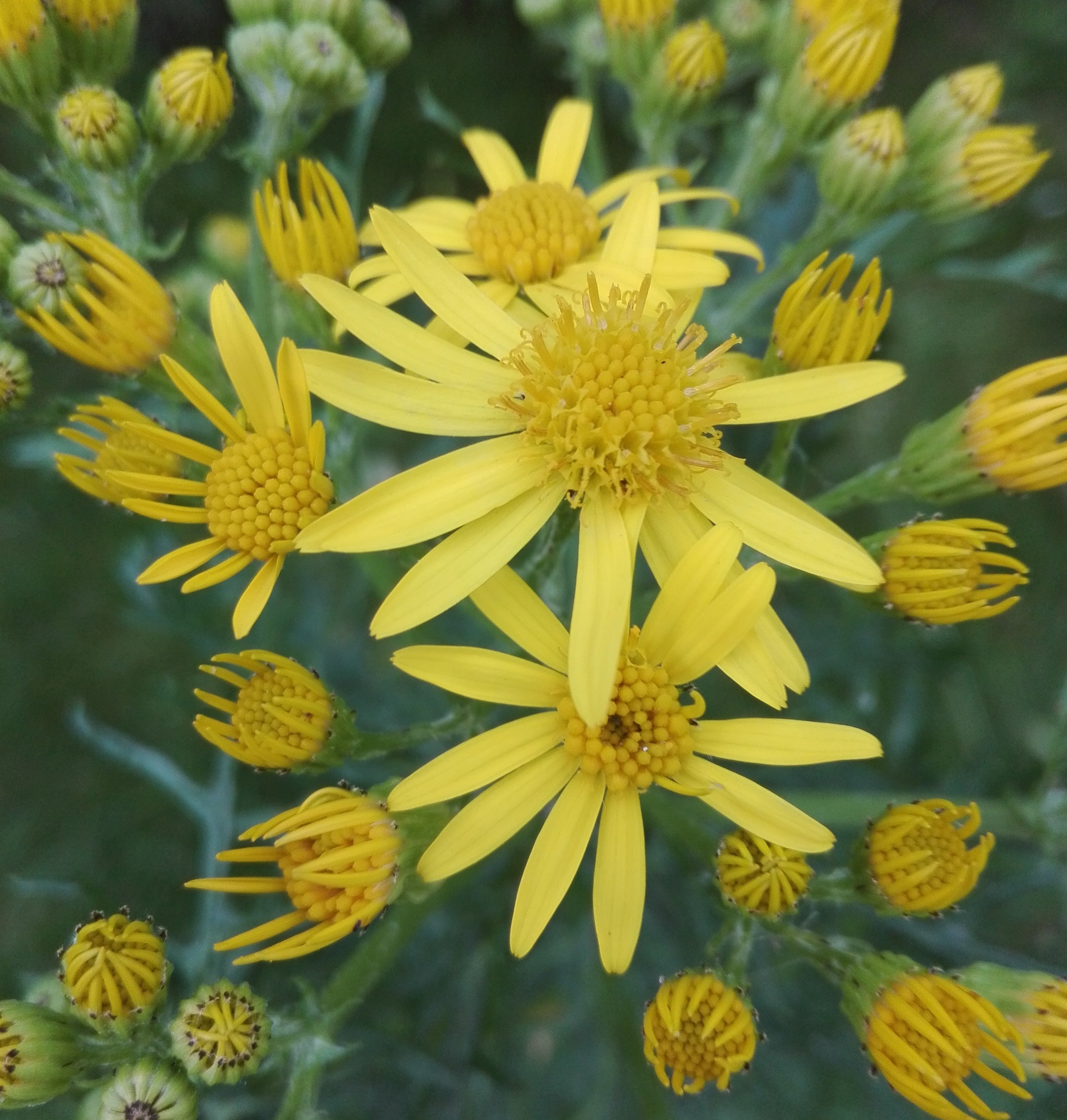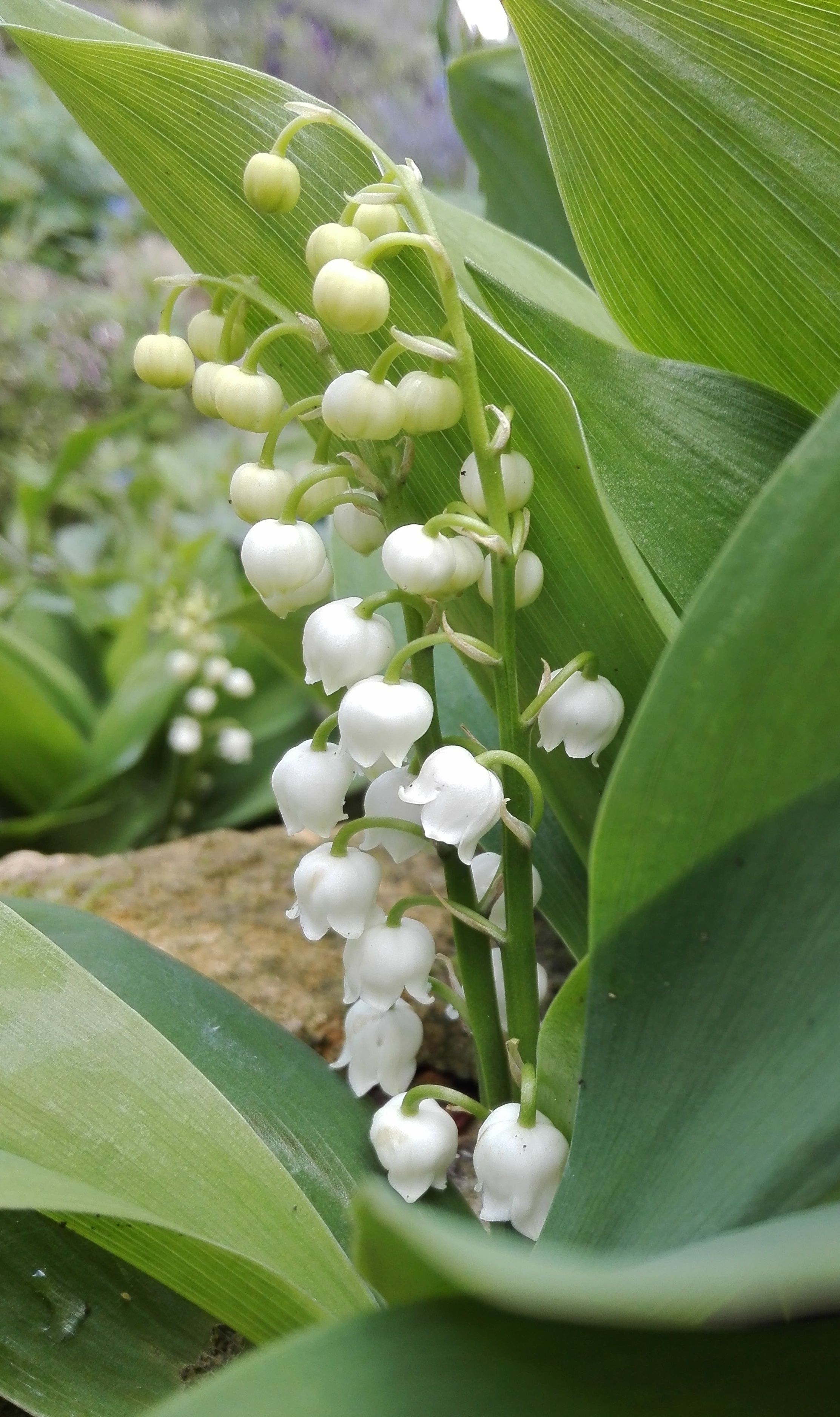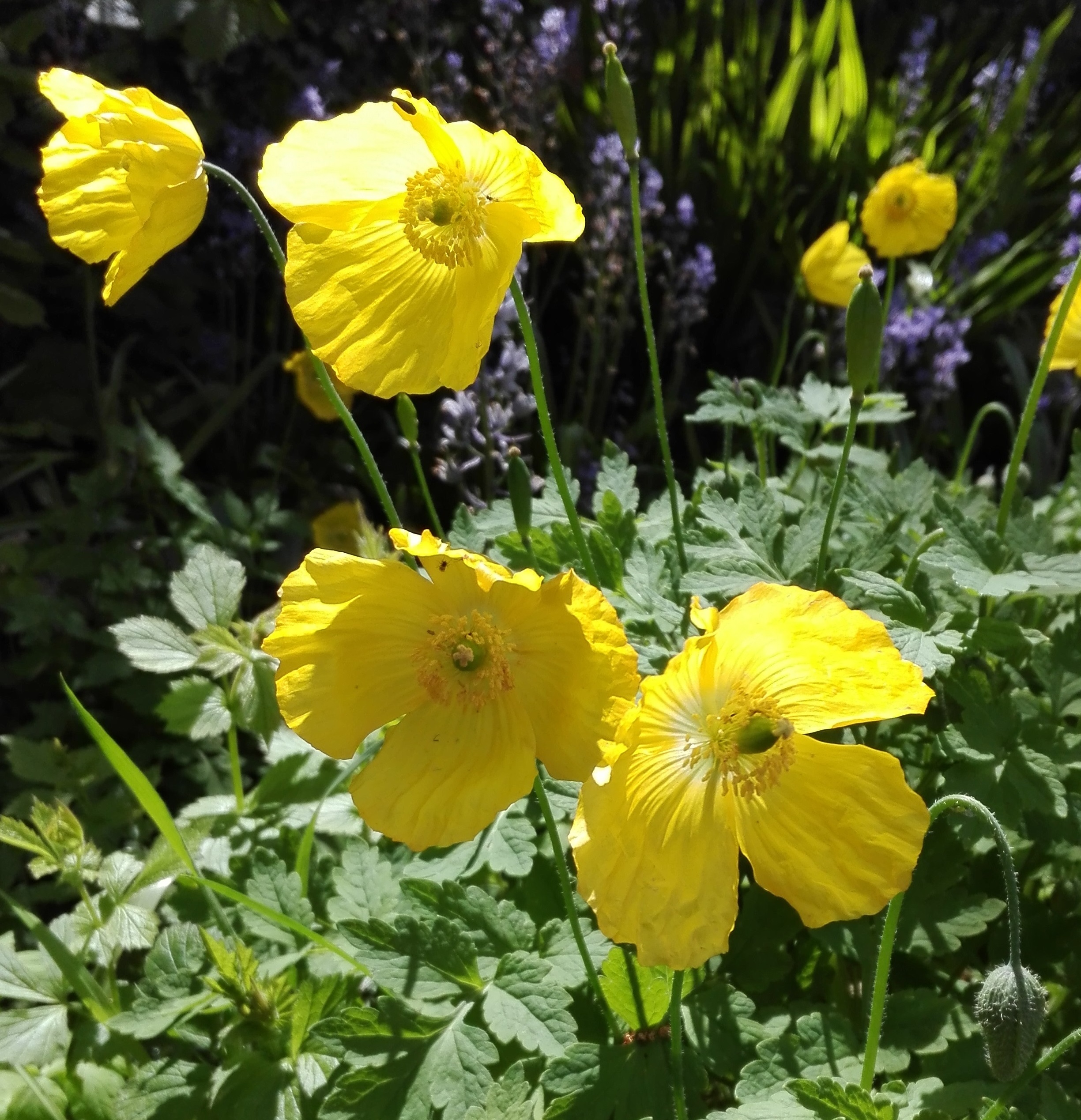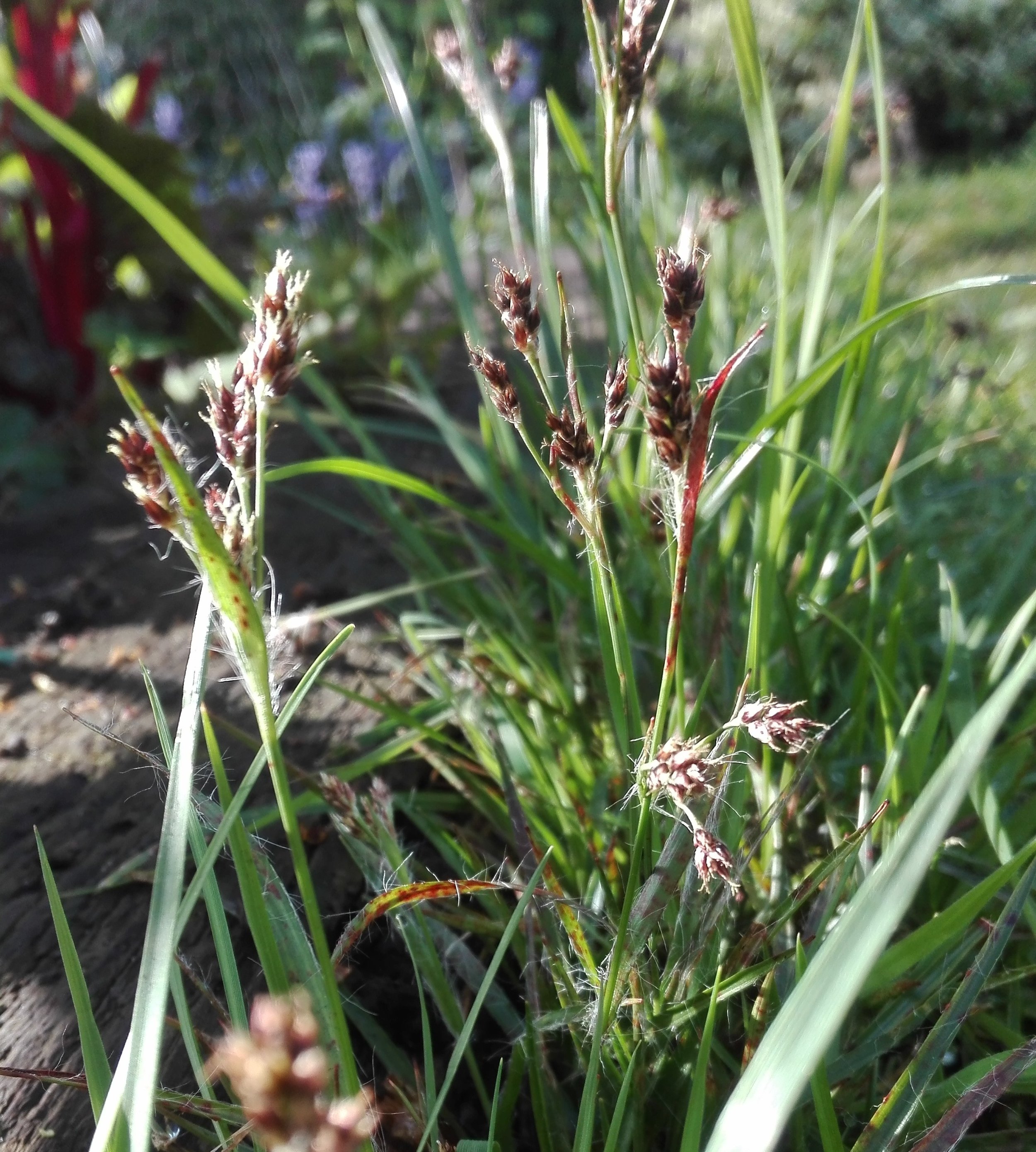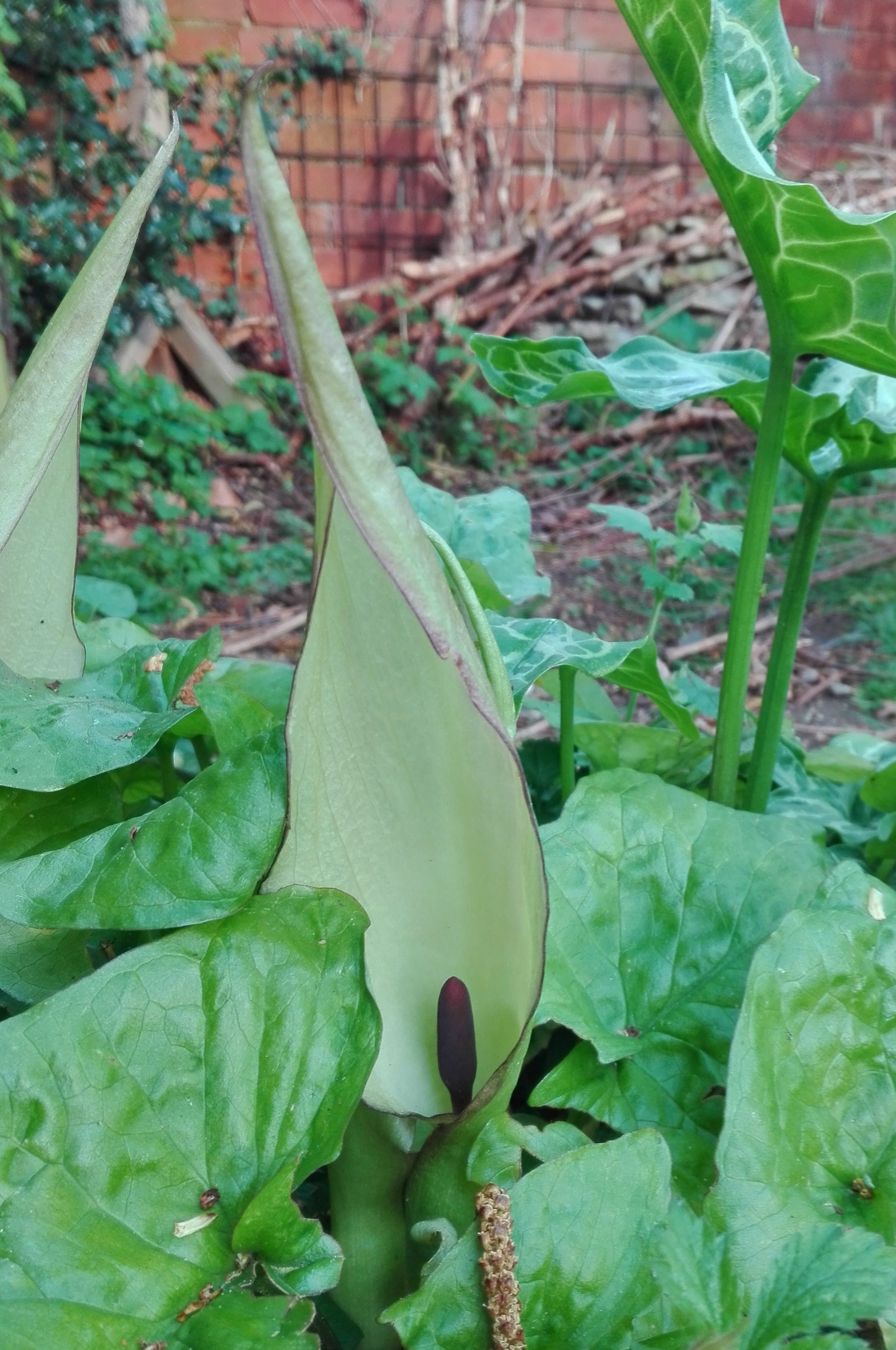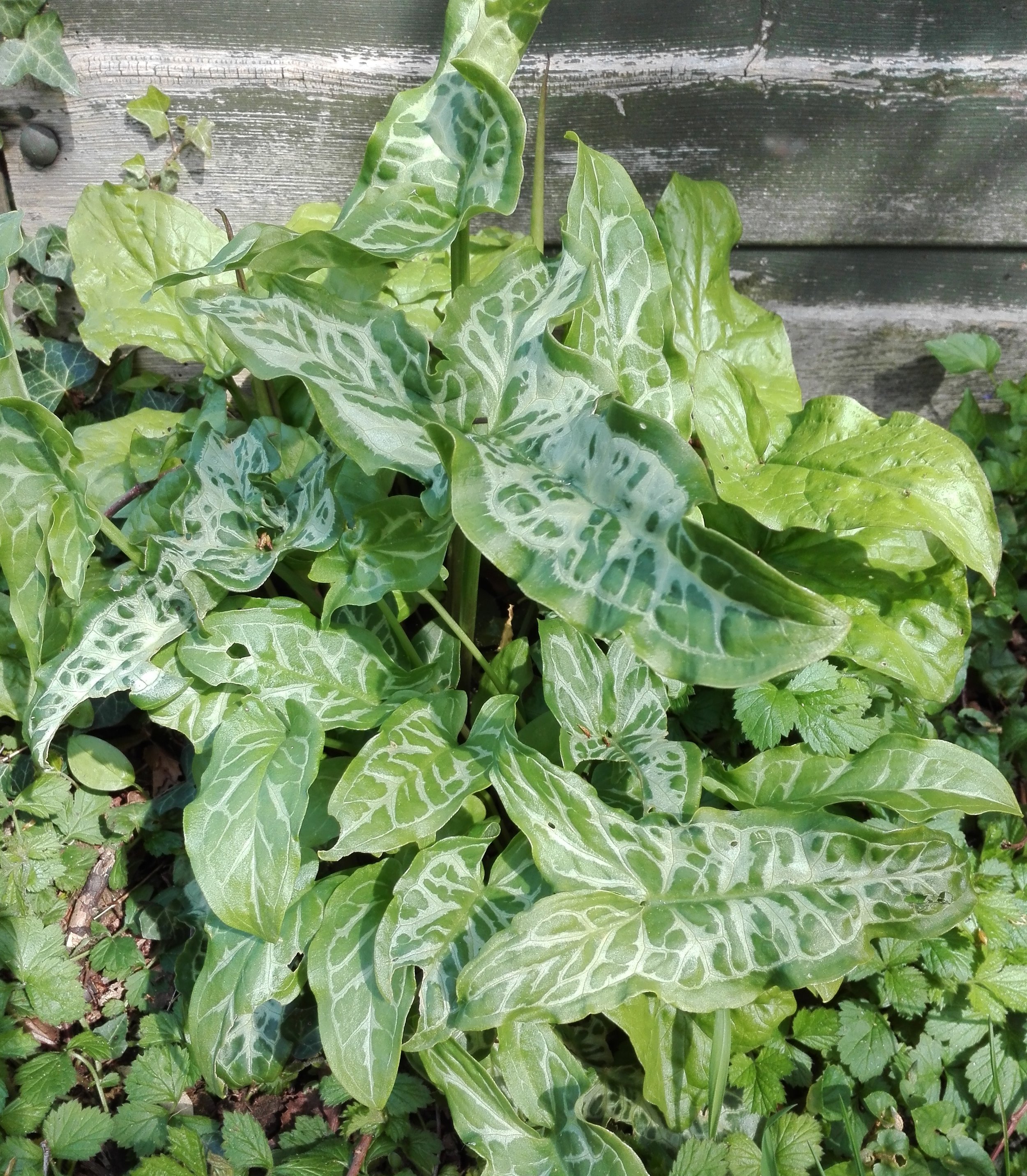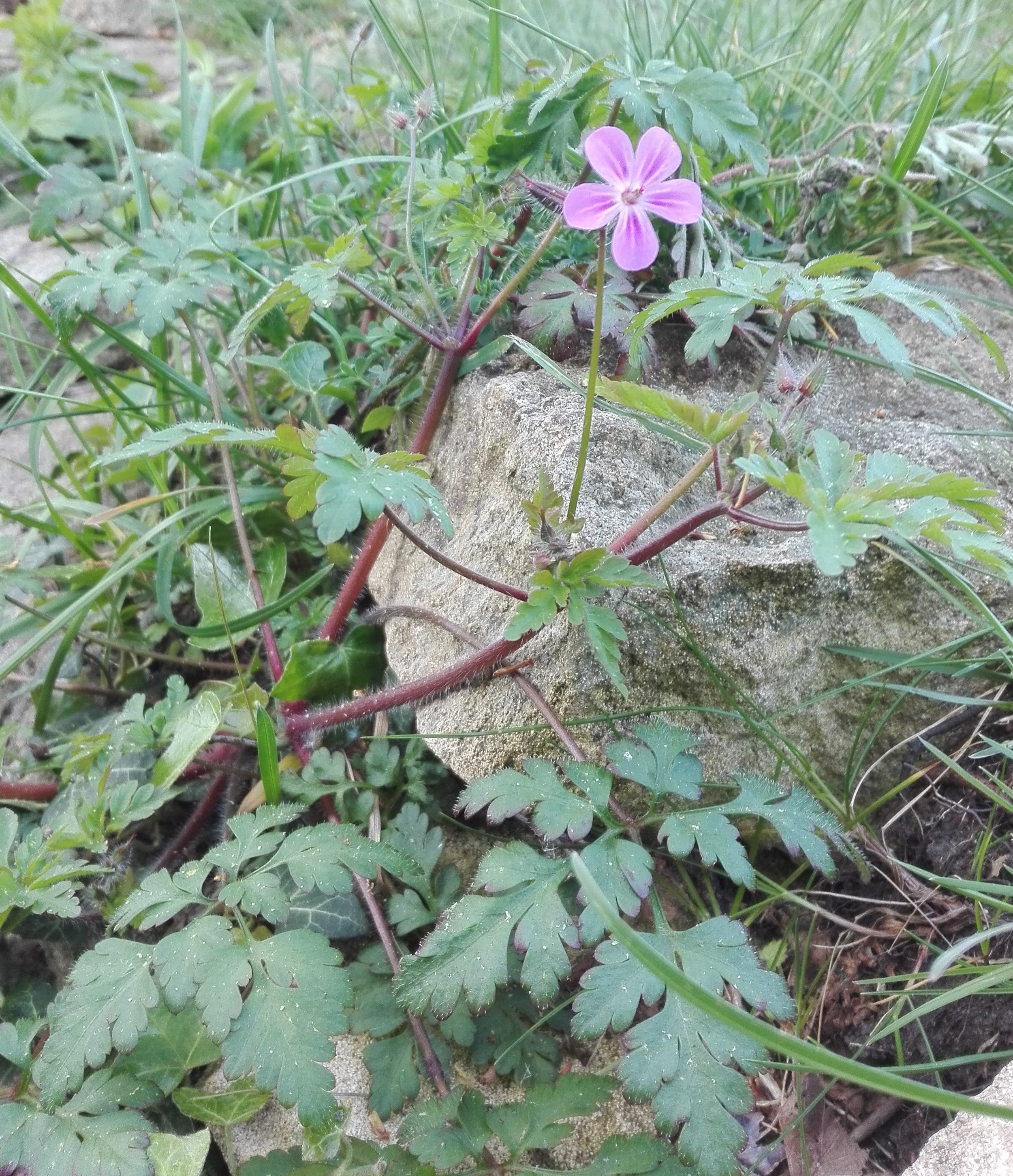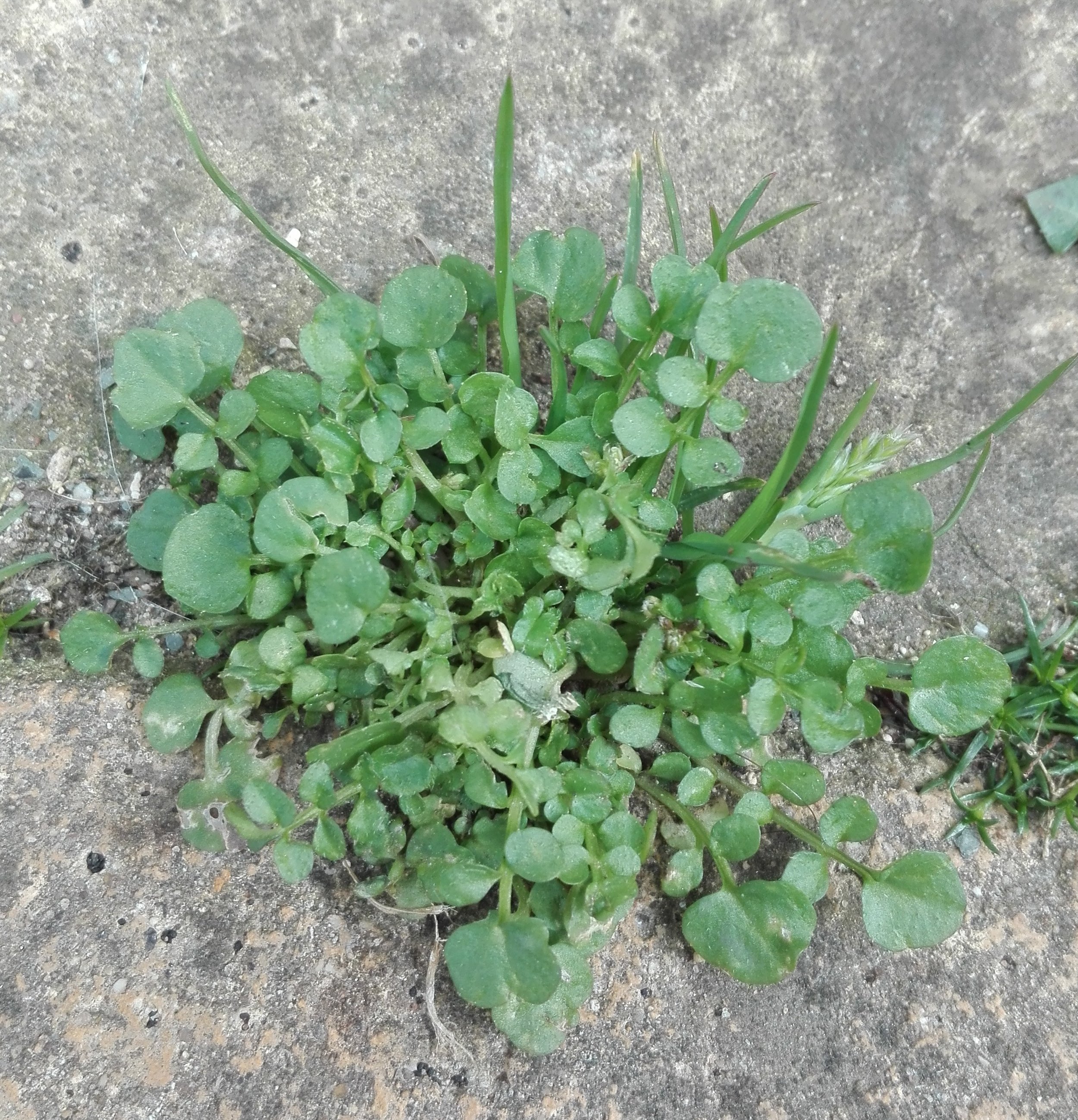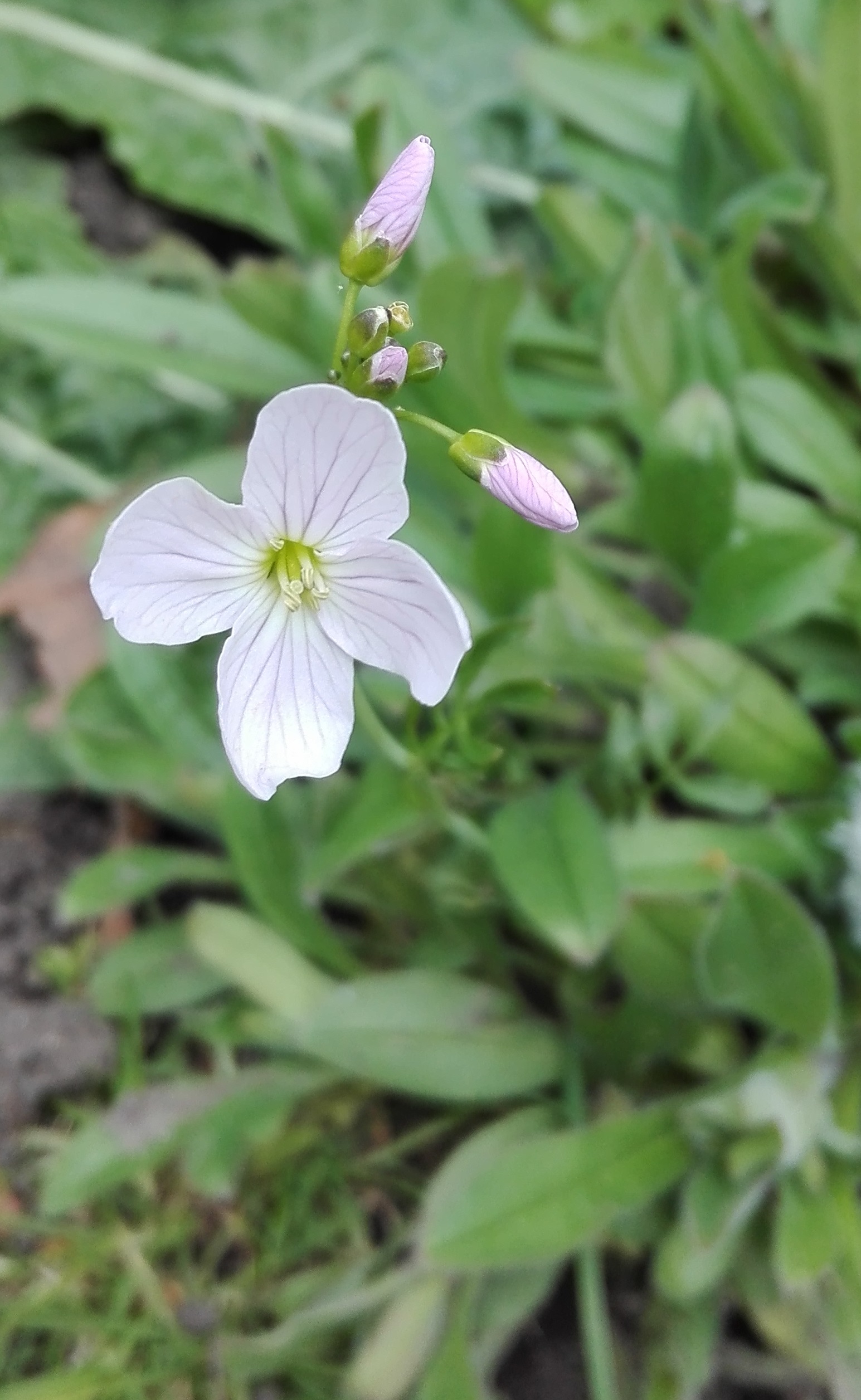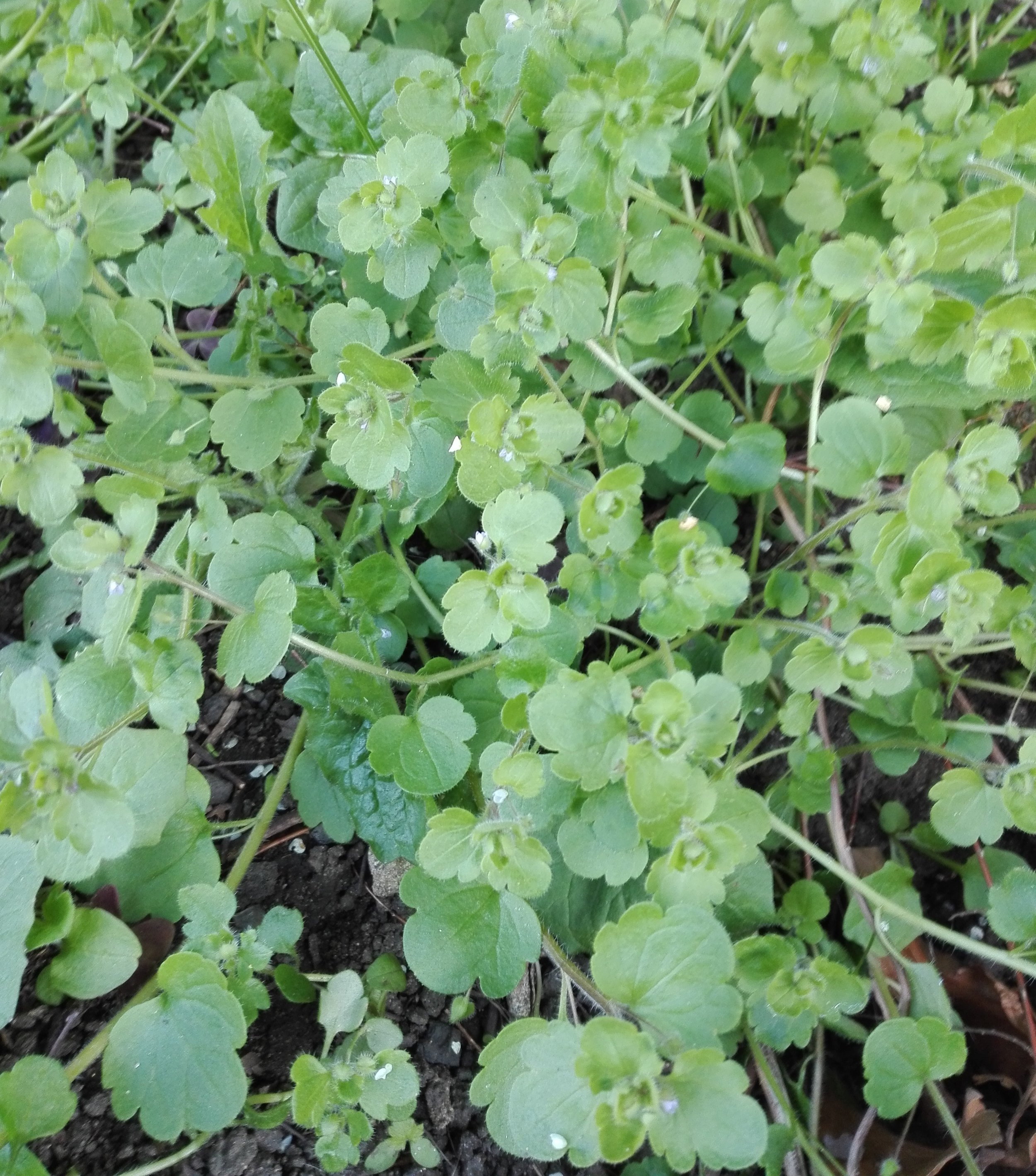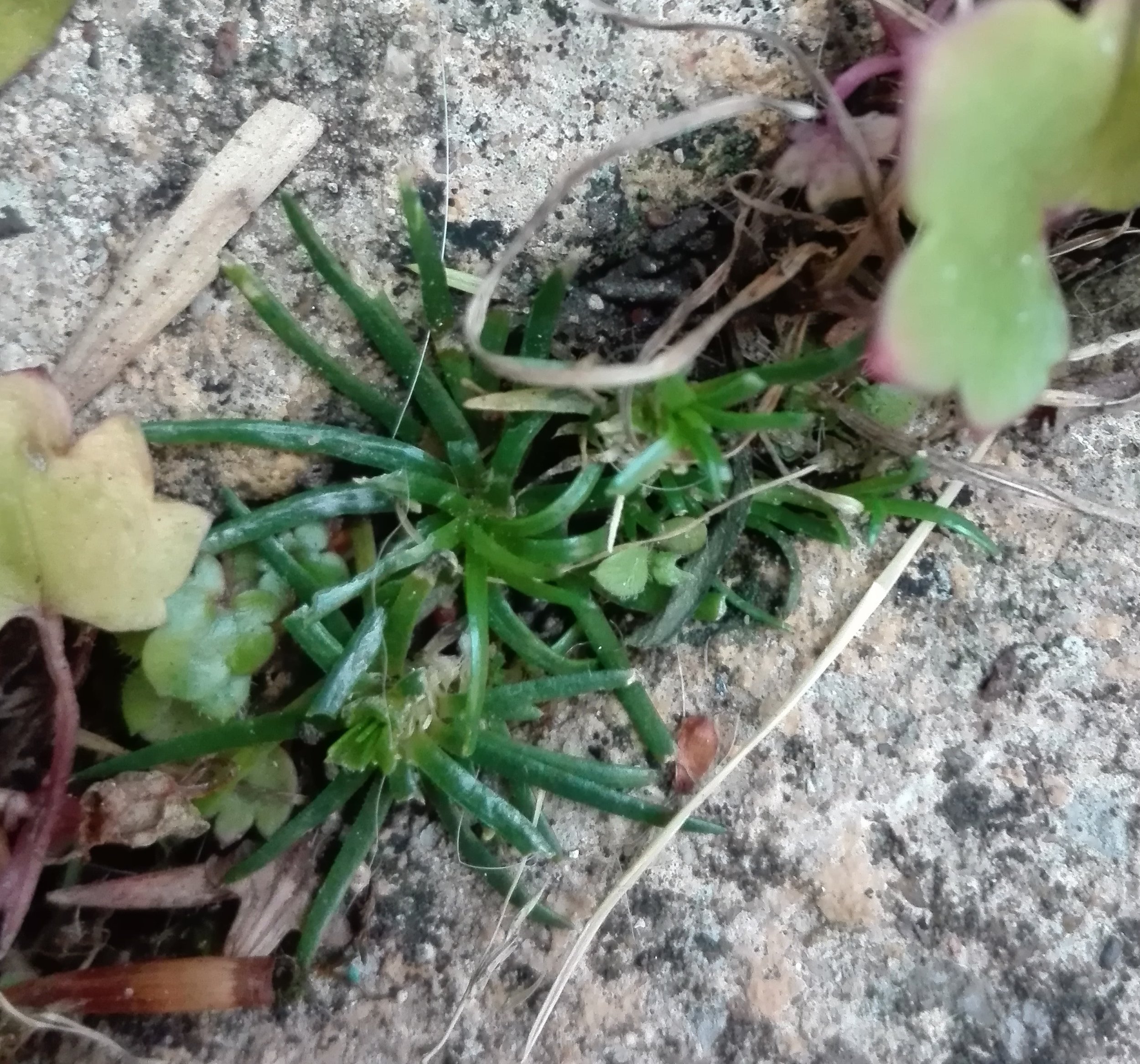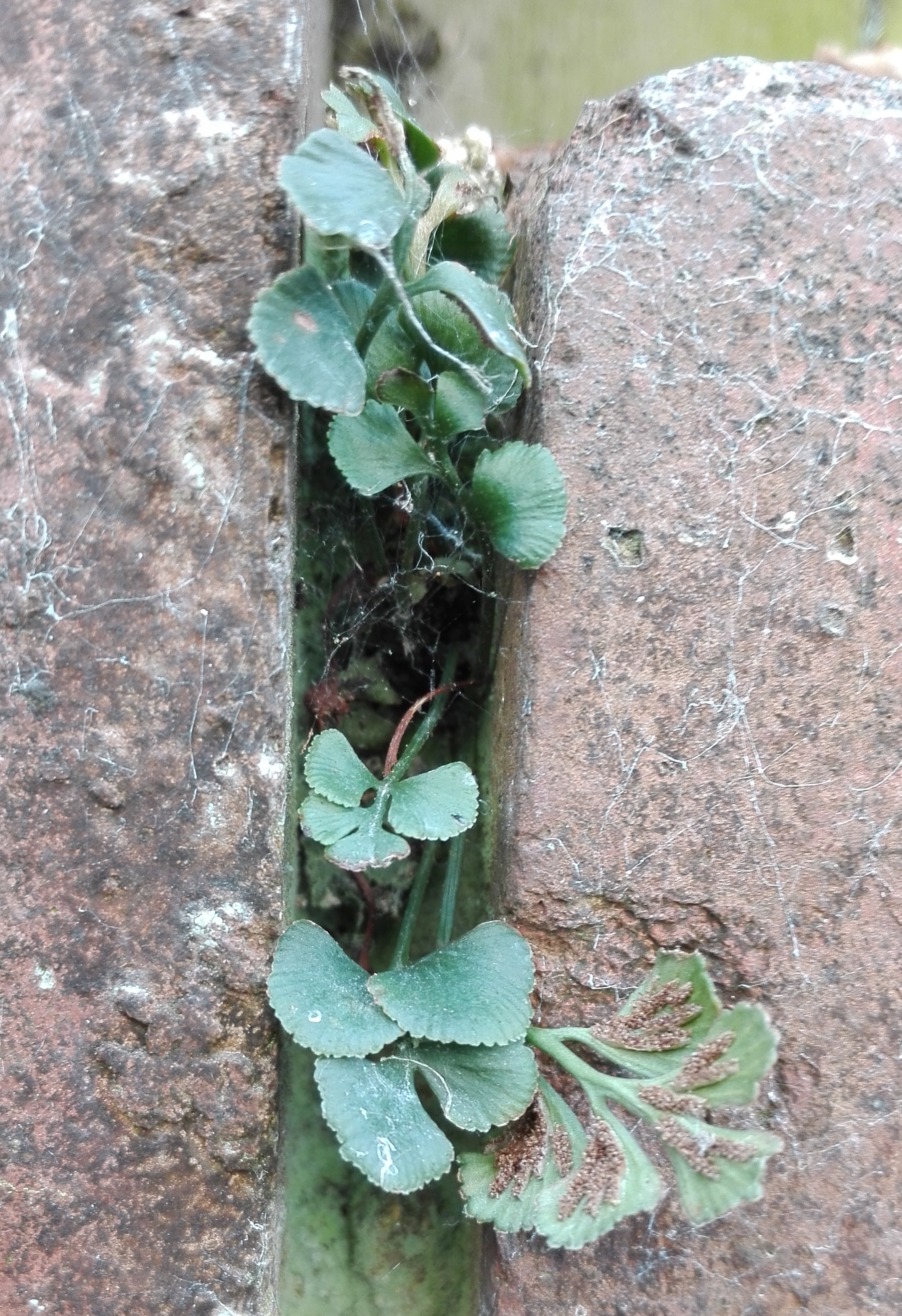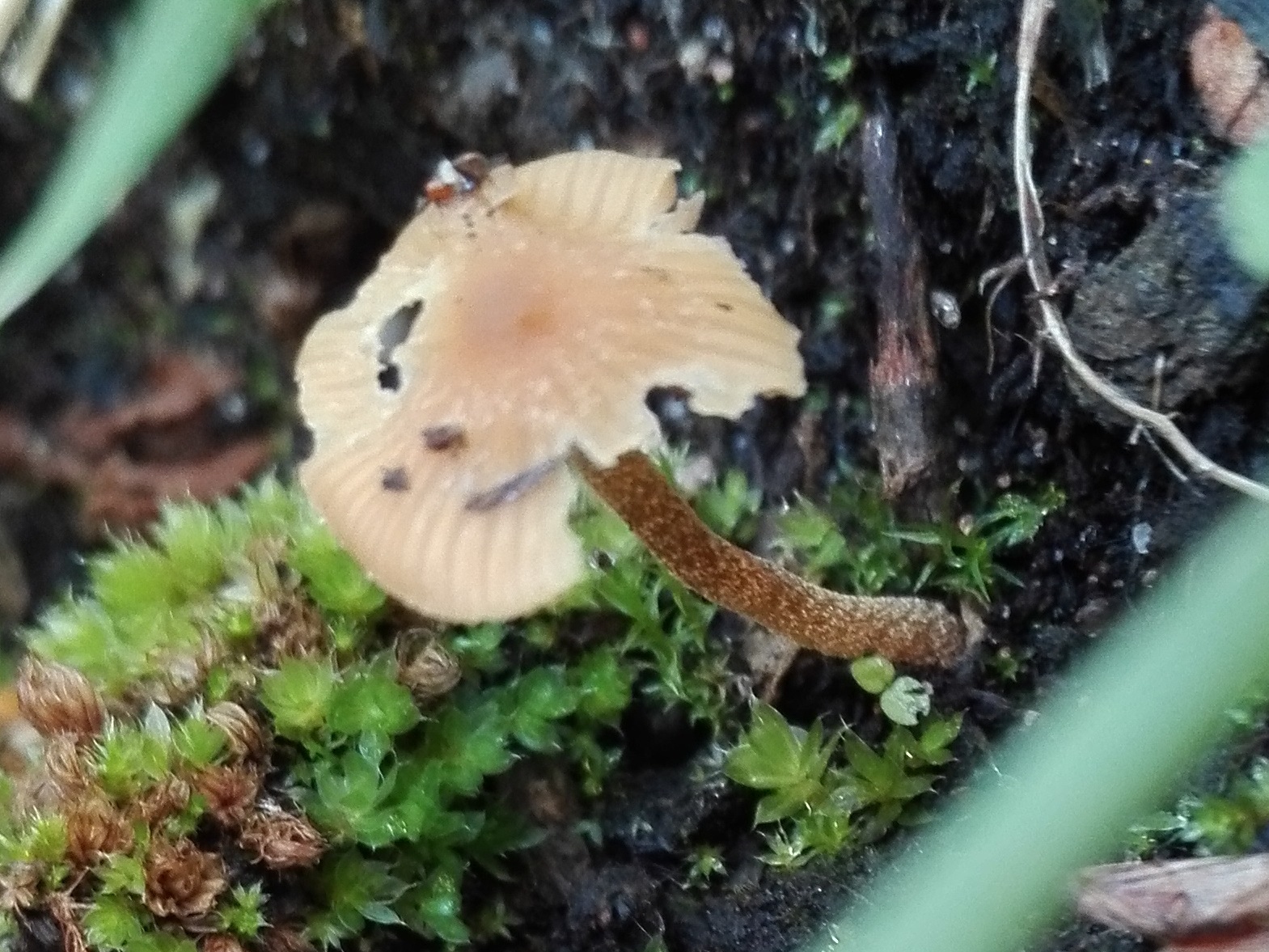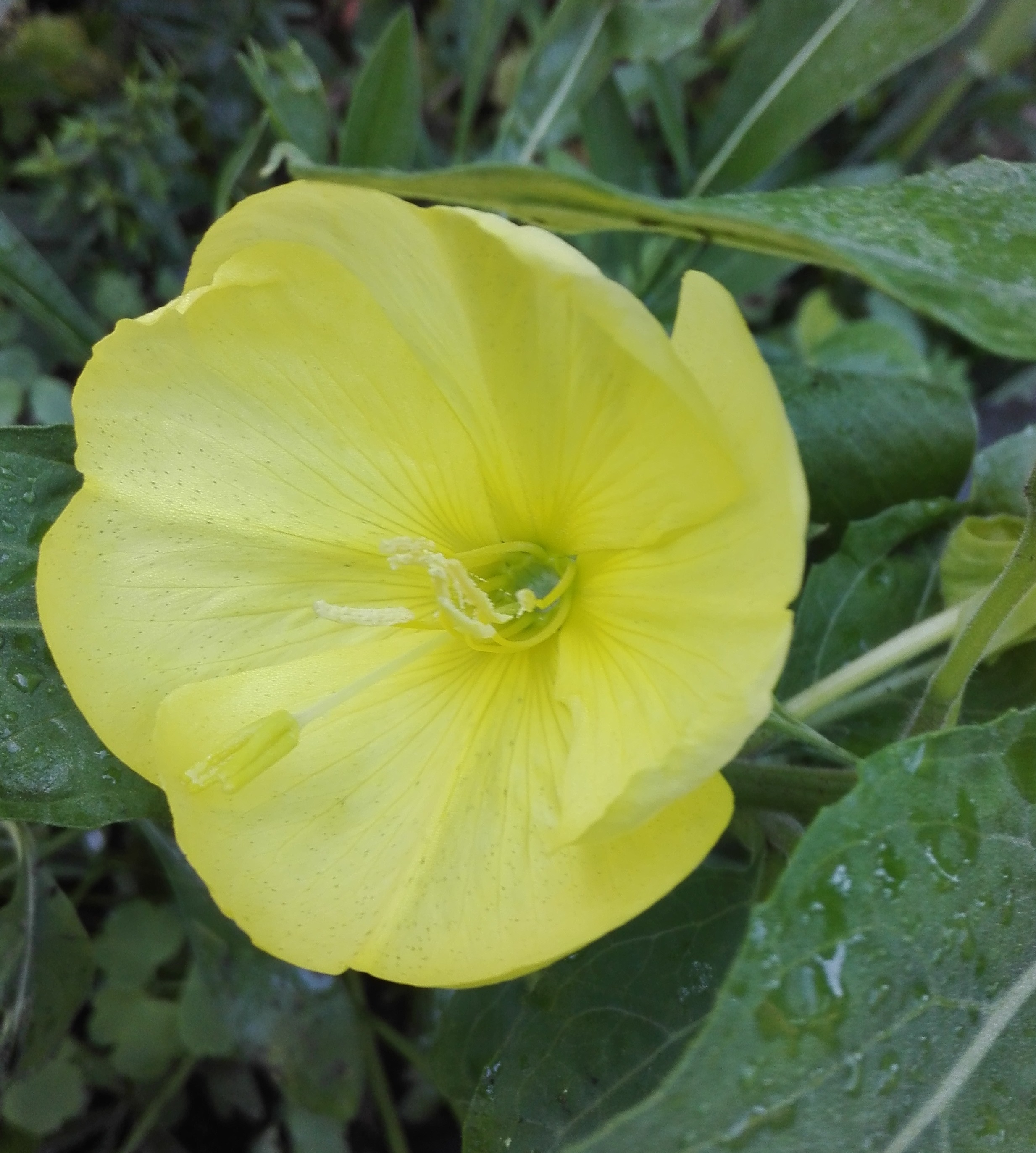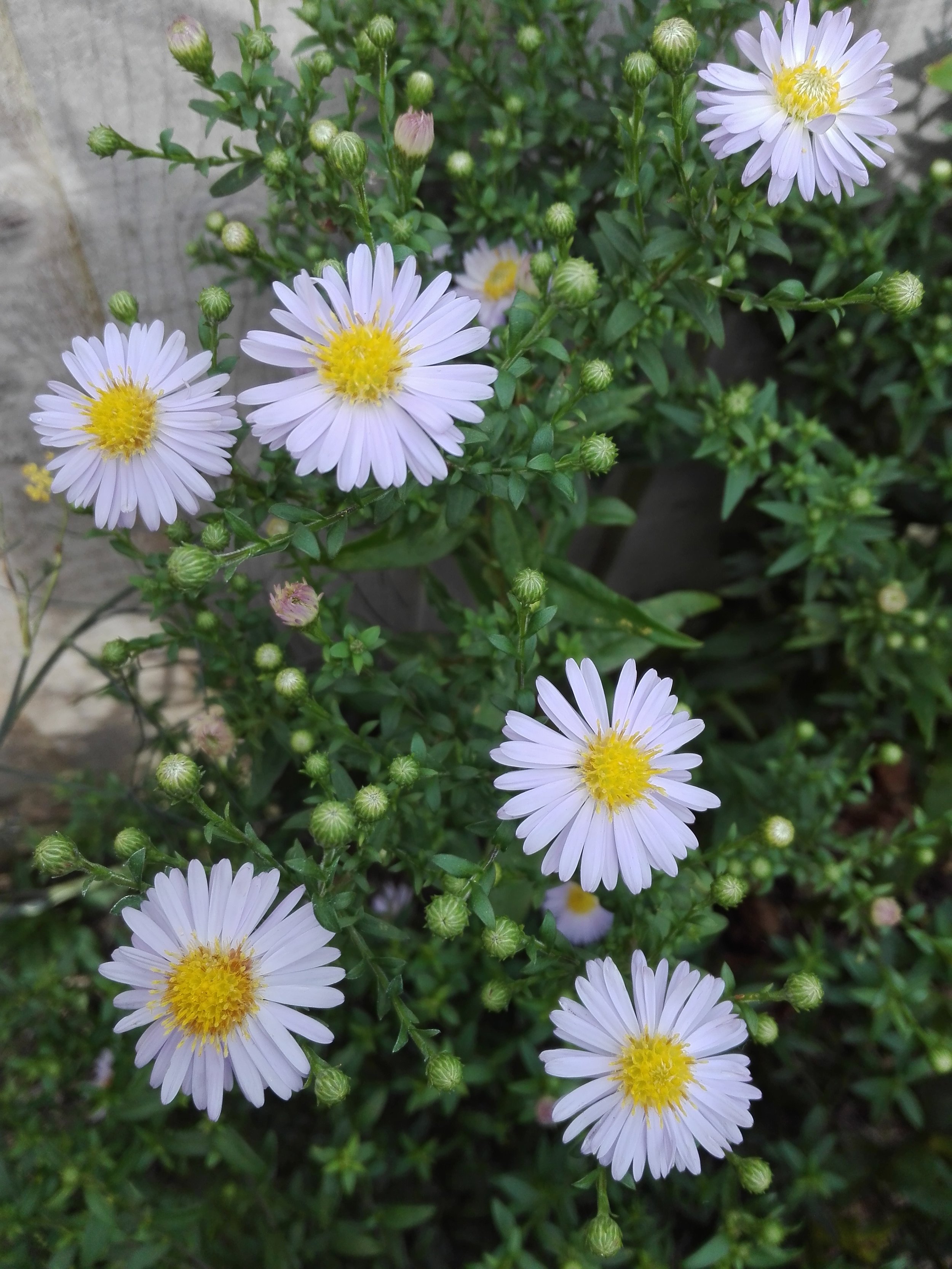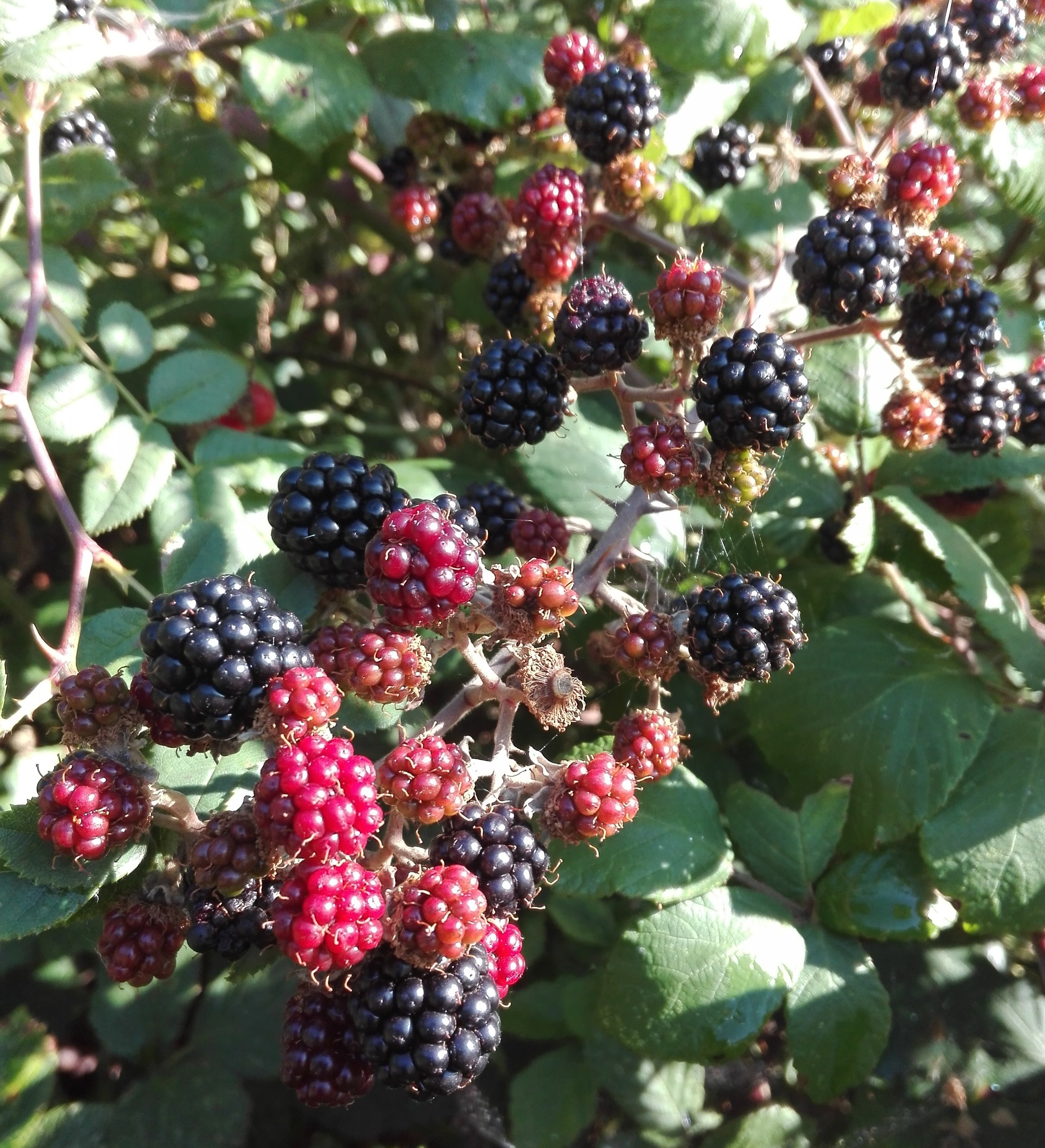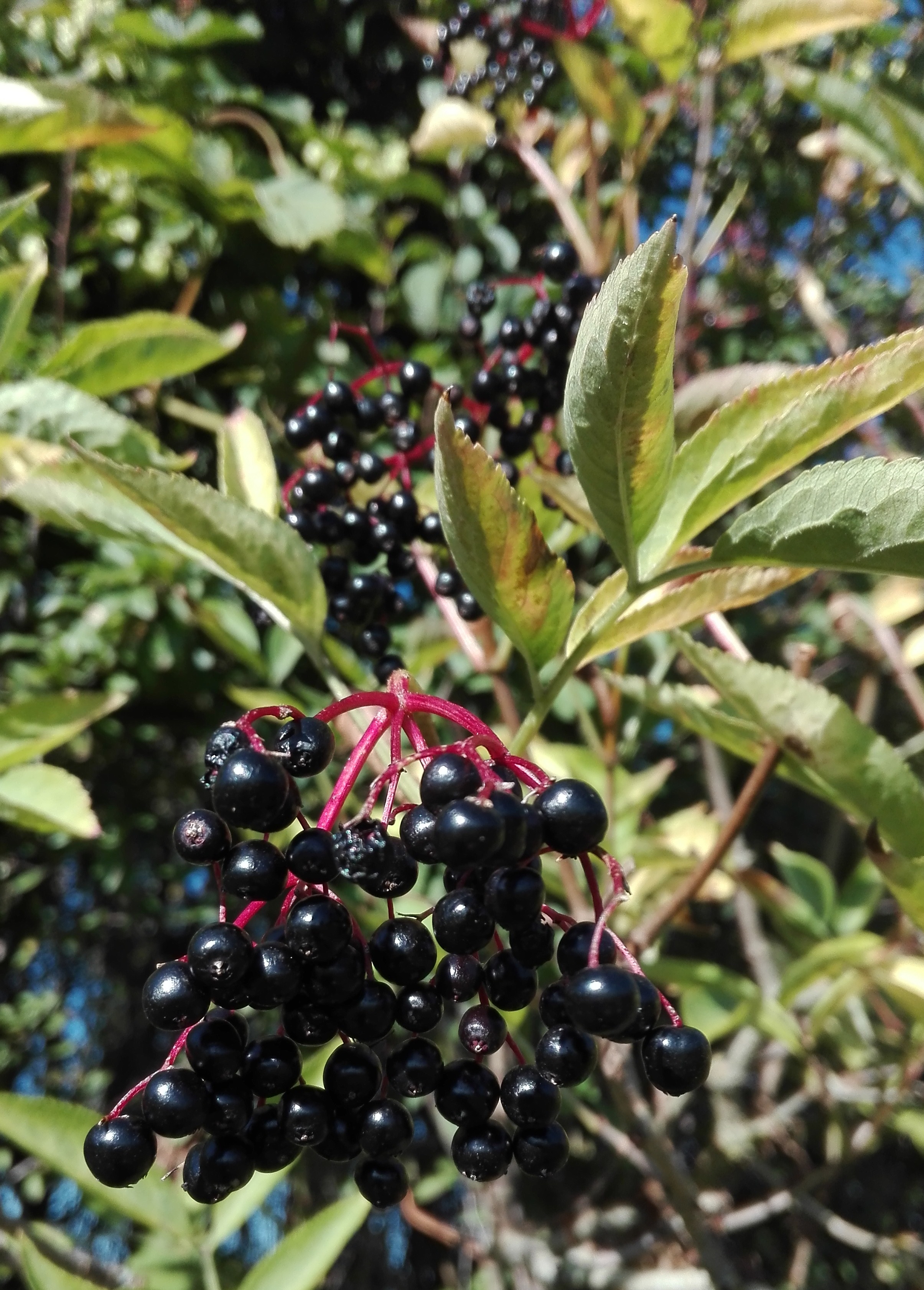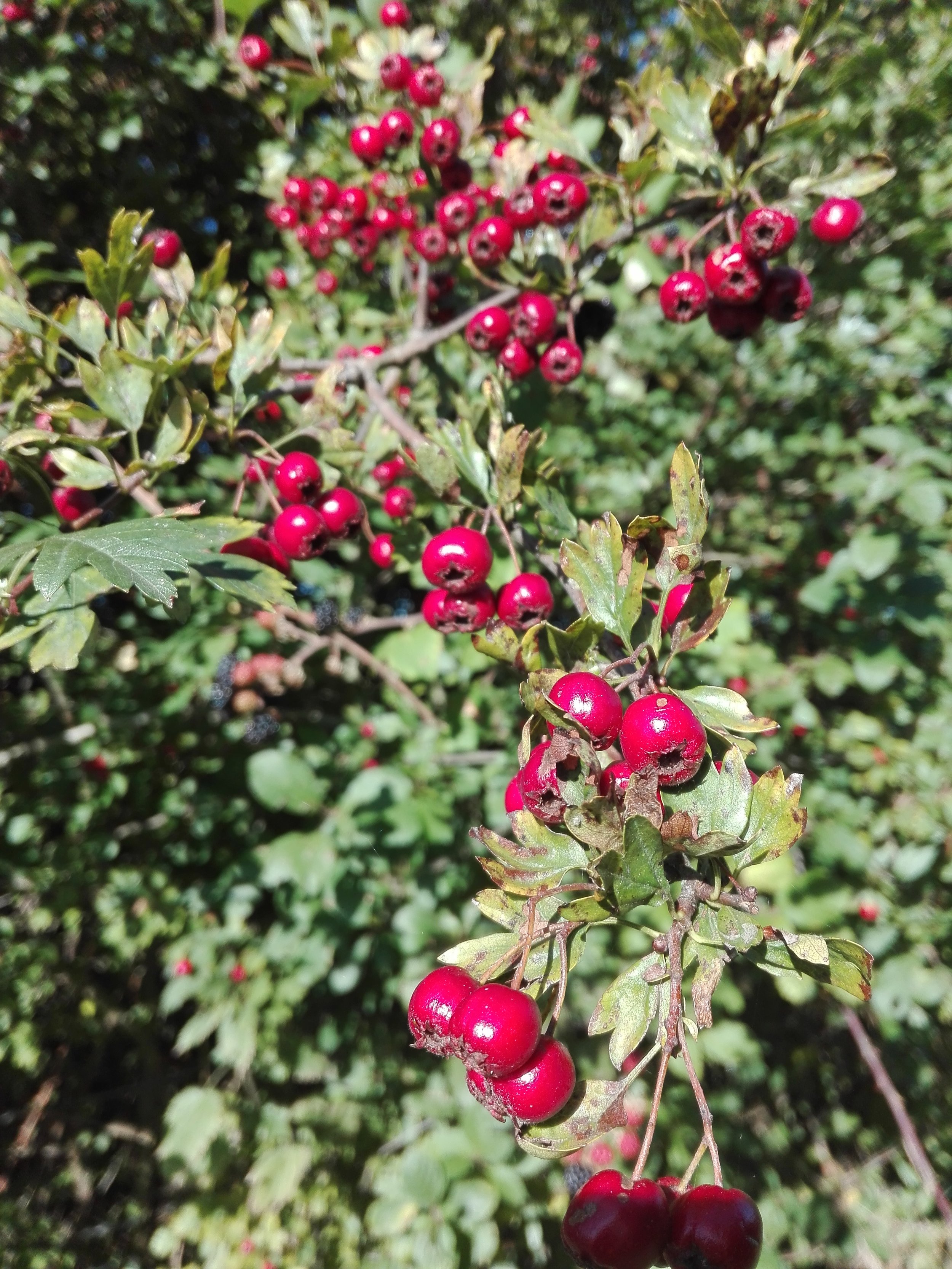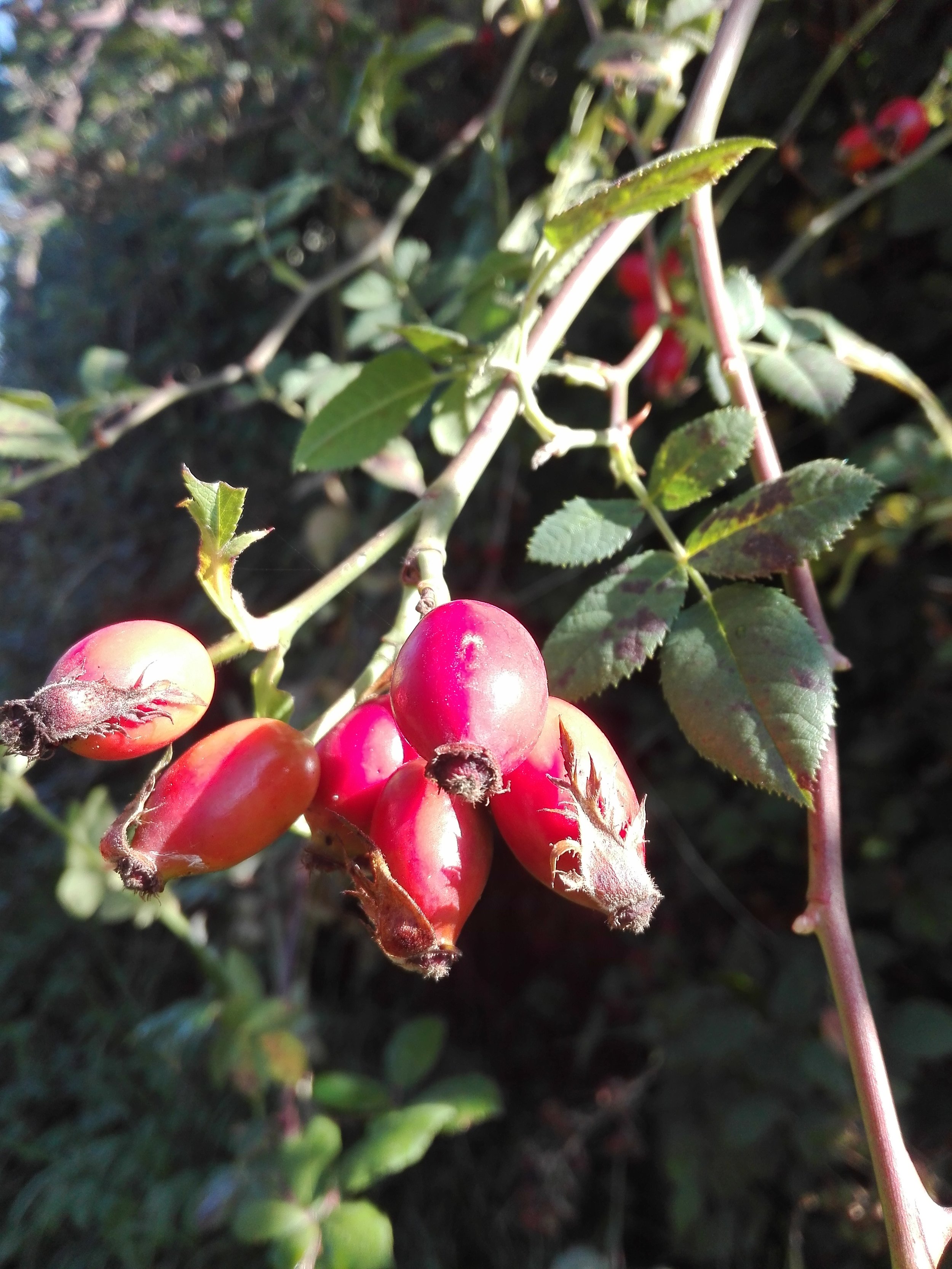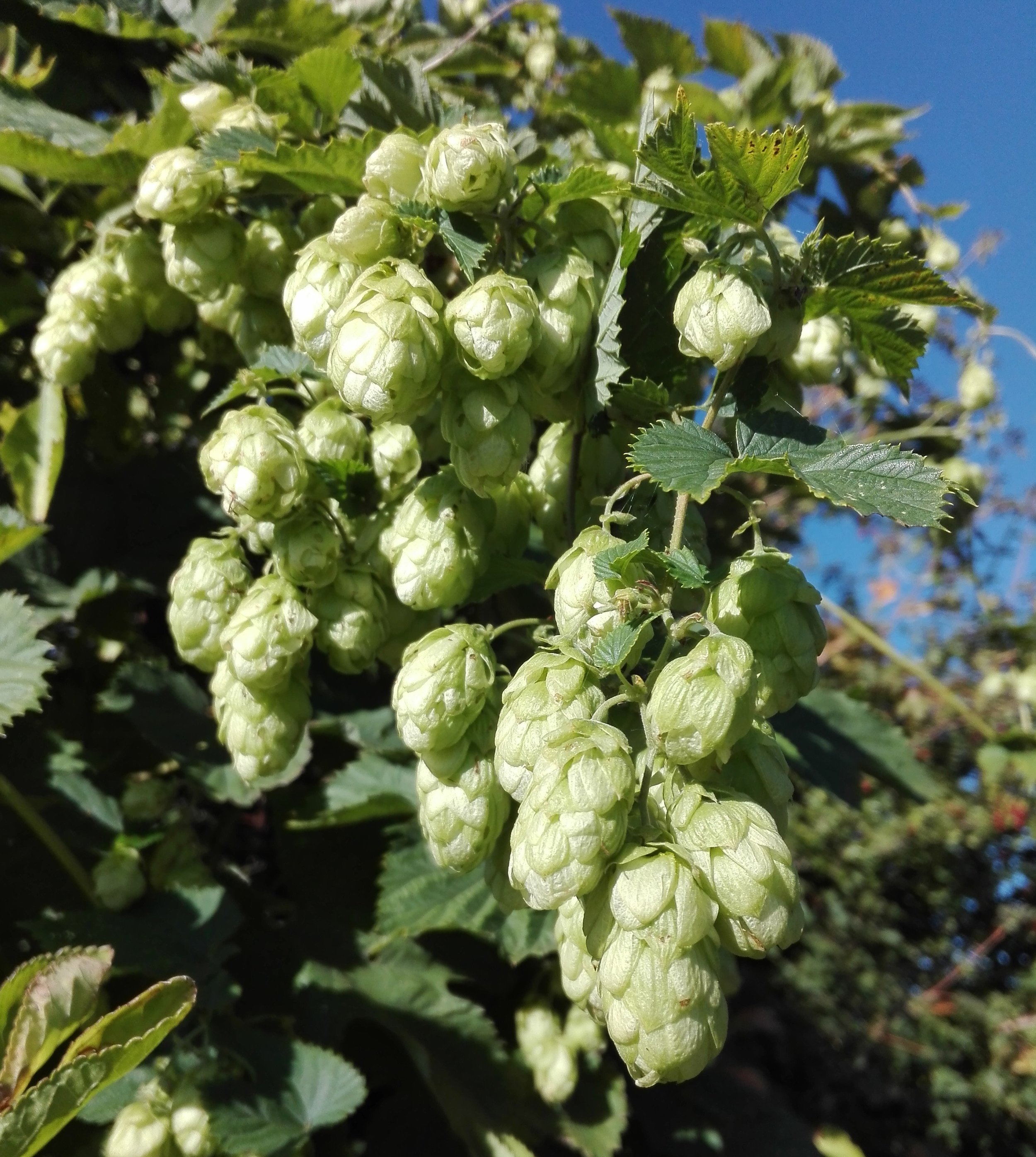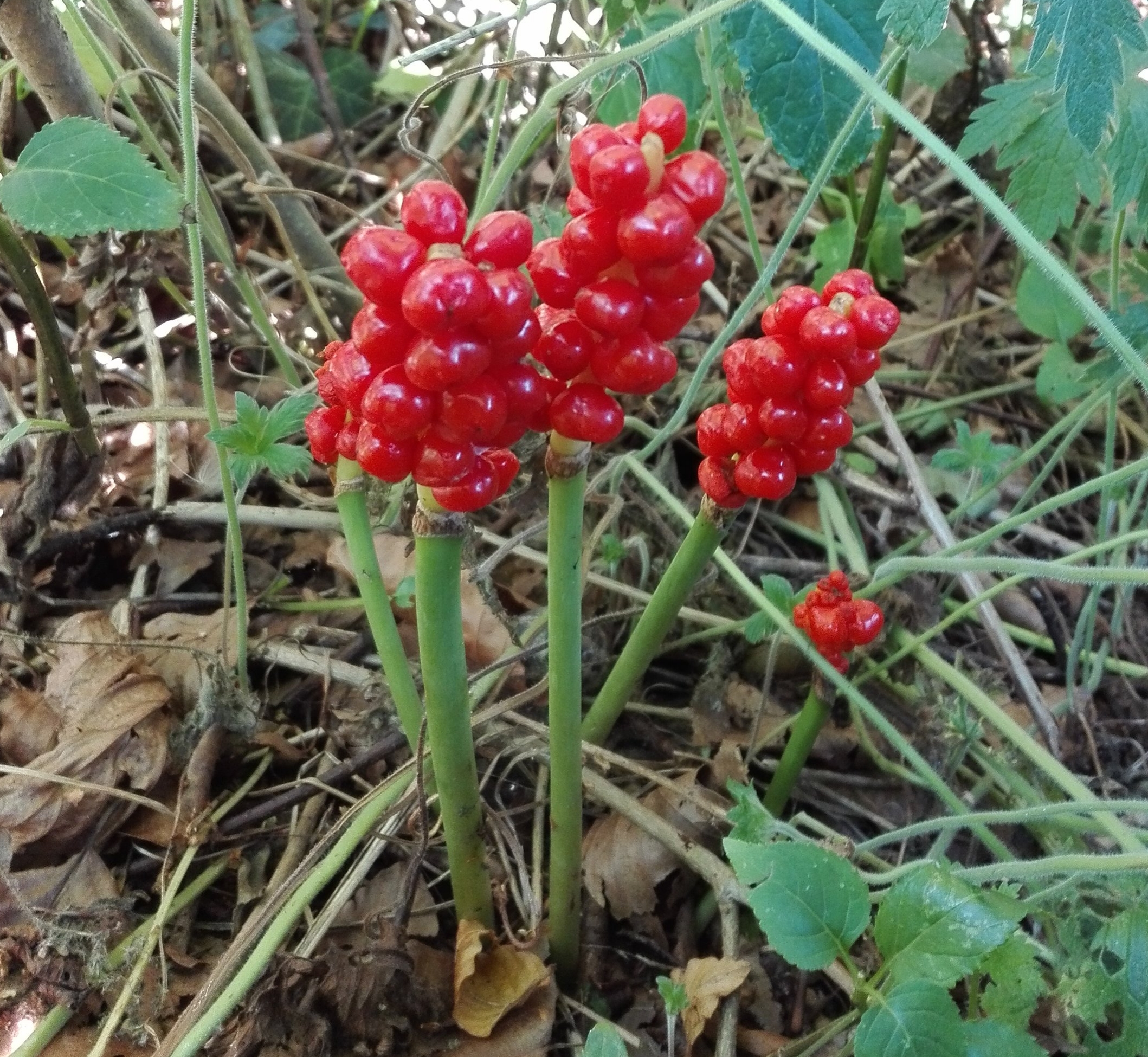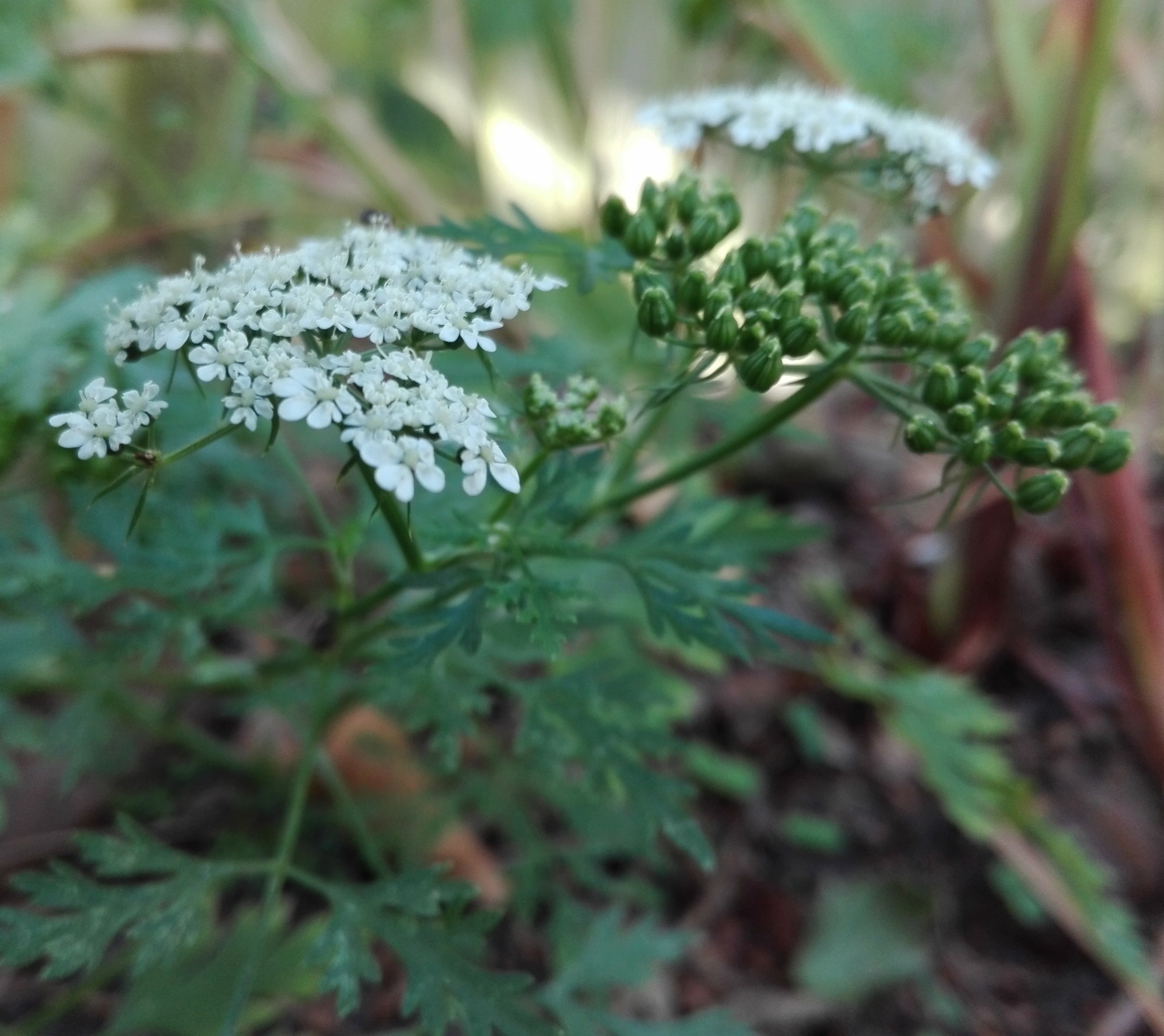Still Finding New Plants
/In the chaos of my flower beds it is still proving possible to find some new wild flowers. I’m also not so knowledgeable on plants, so I don’t always spot them until quite late when they flower.
Hedge Woundwort (Stachys sylvatica) is in flower in July, and now I know what it is I’m seeing plenty of it in other places too. It has pretty purple spike of flowers and soft leaves. As the name suggests, in days before elastoplasts and savlon, the leaves were made into a salve and applied to wounds as an apparently quite effective herbal remedy.
The other plant, which I might easily have taken to be cleavers and pulled out as a weed, is Field Madder (Sherardia arvensis). It has similar looking circles of leaves as cleavers, but the leaves are more pointed and the flowers on closer inspection are pale lilac colour rather than white. This one is growing in my veg plot where my peas should be if they had germinated properly, so it’s still a weed, but at least it’s a more unusual one and also not as fast growing as its sticky relative which gets tangled everywhere in my flower beds.


